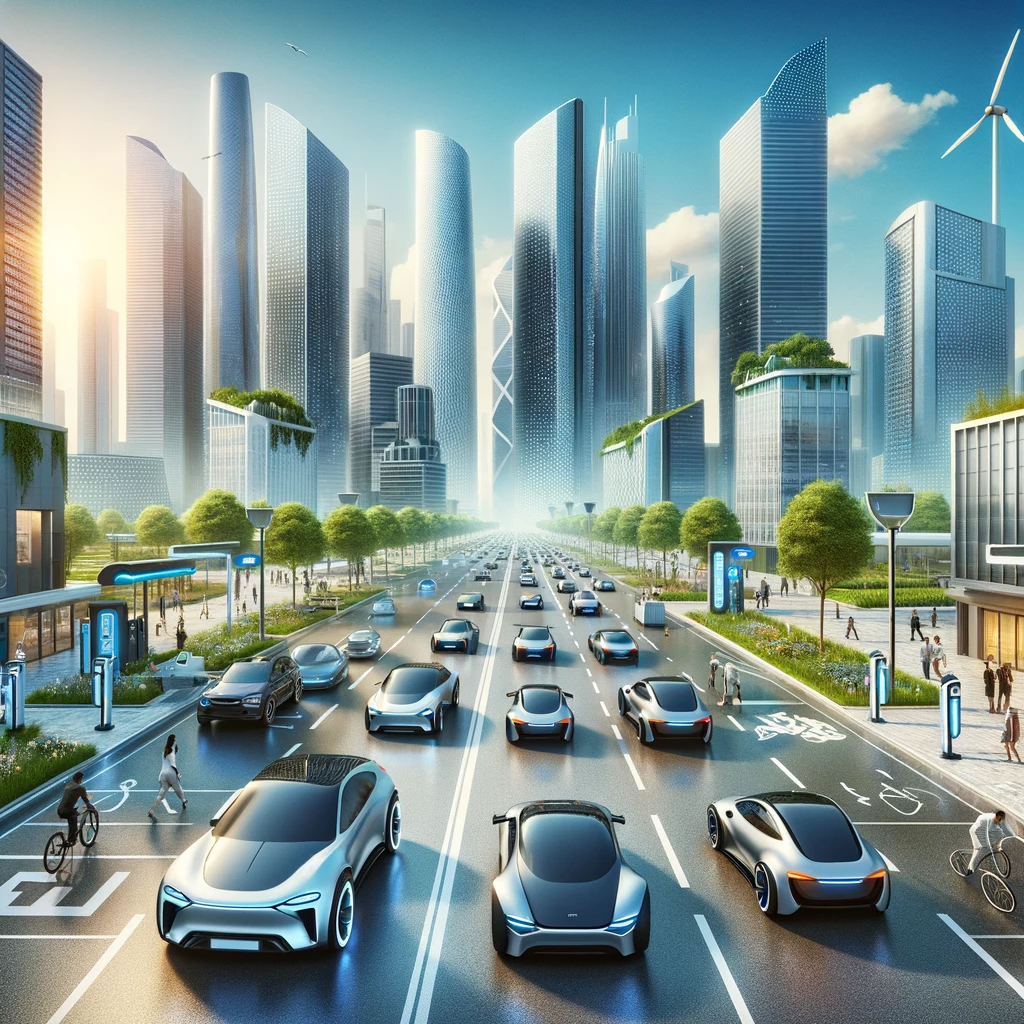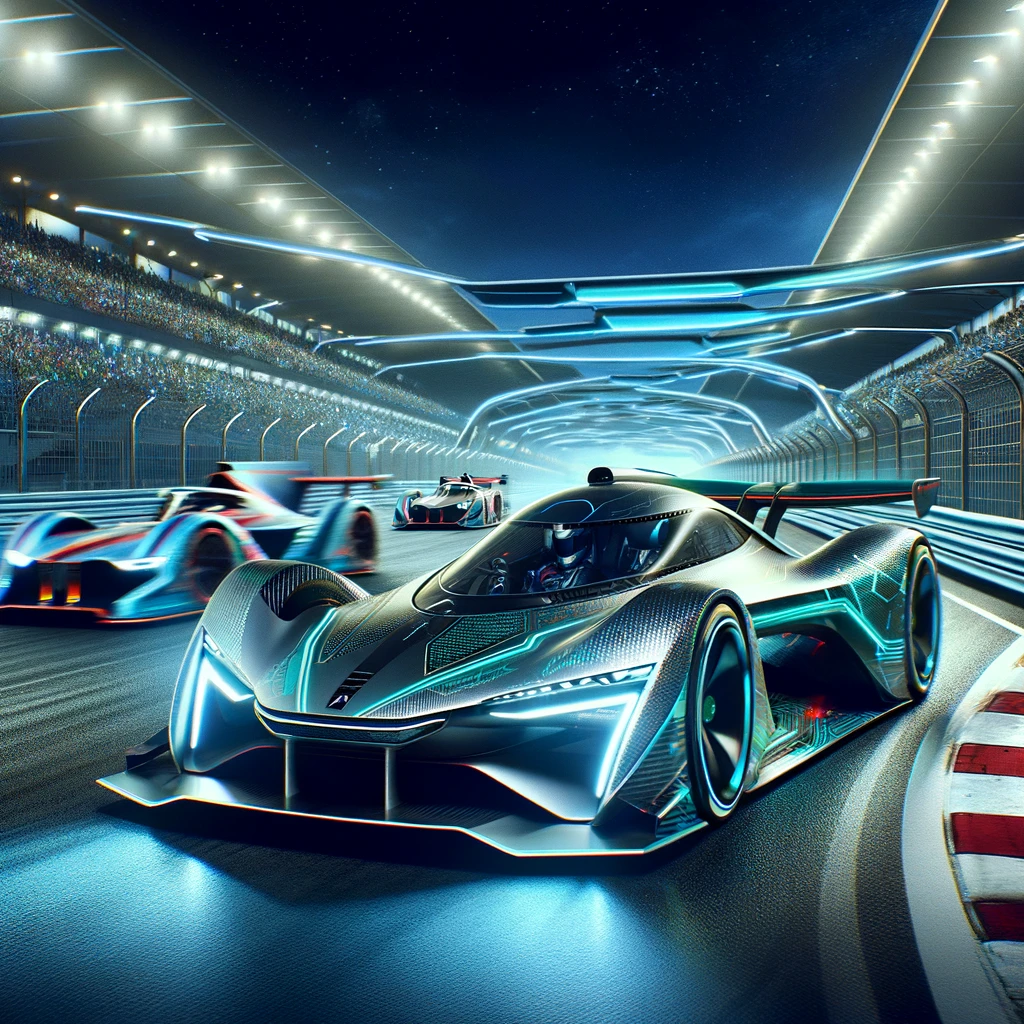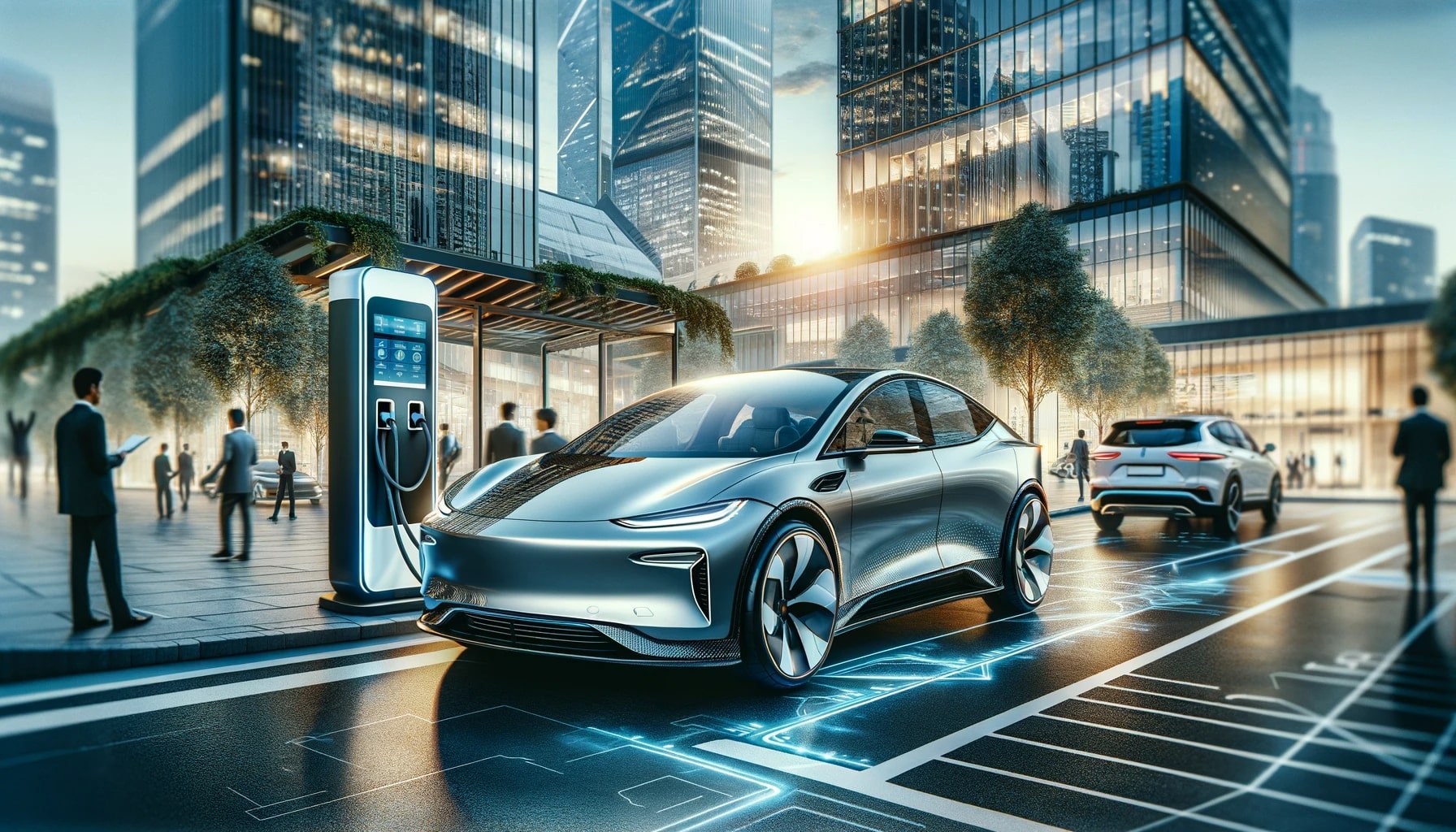Electric cars, though not immediately replacing gas-powered vehicles, are on a path towards becoming the future of automotive transport. You can also take a look at our article titled What is electric vehicle in simple words?.This transition requires significant developments in battery production, charging infrastructure, and consumer acceptance. The International Energy Agency’s report shows a steady increase in electric vehicle (EV) sales, projecting a significant rise in market share by 2040.

Key challenges include the longevity of current gas vehicles, diversity in automakers’ conversion timelines, legislative actions, and addressing consumer concerns like cost, driving habits, and range anxiety. However, despite these hurdles, the advancement of electric vehicles seems inevitable, with increasing legal and industry support pushing towards a more sustainable, emission-free future in transportation.
How Long Will Electric Cars Last?
Electric vehicle (EV) batteries are expected to last between 100,000 and 200,000 miles, or about 15 to 20 years, with some manufacturers like Tesla reporting lifespans around 200,000 miles. Despite gradual capacity loss, averaging 2.3% annually, EV batteries often outlast the vehicle itself.
Maintaining battery health involves best practices like avoiding nightly charges, keeping the charge between 20-80%, and monitoring the state of charge during extended storage. As technology advances, costs are reducing, and the batteries are becoming more efficient, with manufacturers typically offering an 8-10 year warranty. These batteries, pivotal in the transition to sustainable transportation, are increasingly becoming recyclable, adding to the EV’s viability as a long-term transportation solution.
What is the Future Predicted for EV?
The future of electric vehicles (EVs) is marked by significant growth and technological advancements. Industry forecasts suggest that EVs will increasingly replace gas-powered vehicles, with sales possibly accounting for up to 40% of new car sales by 2030 and nearly all new car sales by 2040. Factors influencing this shift include advancements in battery technology, increasing vehicle model diversity, and improvements in charging infrastructure.

Governments play a vital role, with some states planning to ban new gasoline car sales by 2035, indicating a decisive move towards electric mobility. Consumer acceptance, cost of ownership, and driving habits are crucial factors for the widespread adoption of EVs. While there are challenges like range anxiety and high initial costs, ongoing technological improvements and legislative support are paving the way for EVs to become a dominant force in the automotive industry.
What’s Next After Electric Cars?
Following electric cars, the future of sustainable transportation is exploring diverse alternatives. Biofuels, particularly second-generation types made from non-food sources like sugarcane and corn, offer a less environmentally damaging option compared to traditional petrol. Thermoelectric technology, which converts heat into electricity, presents another innovative approach, although it relies on the availability of natural heat sources.
However, hydrogen fuel cells are emerging as a leading contender, offering zero CO2 emissions, quick refueling, and extended driving ranges. While currently costly and requiring further development and infrastructure, hydrogen-powered vehicles, using inflammable gas to generate electrical energy, could potentially become the next significant step in eco-friendly transportation, despite the inherent risks of carrying inflammable gas.
Are Electric Cars the Future of Racing?
The future of racing is gradually shifting towards electric cars, with Formula E leading this transformation. This all-electric racing series, established in 2014, has become a testing ground for advanced EV technologies, demonstrating the potential of electric vehicles in high-speed racing. Formula E’s popularity signifies a growing acceptance of electric cars in motorsports, emphasizing their efficiency, battery management, and regenerative braking capabilities.

Beyond Formula E, alternative fuel options like biofuels and hydrogen are being explored, with hydrogen posing as a strong competitor due to its non-reliance on batteries and zero CO2 emissions. The advancement of EVs in racing is influencing the broader market, paving the way for further innovations in electric mobility. The rise of electric racing represents a broader shift in the automotive industry, where sustainability and technology converge to redefine motorsports and consumer vehicles alike, suggesting a future where electric cars may dominate racing tracks.
Will Hydrogen Overtake Electric?
While electric vehicles (EVs) currently lead the clean transportation race with rapid growth and public appeal, hydrogen fuel cell vehicles (HFCVs) are emerging as a potential alternative. HFCVs, like the Toyota Mirai and Hyundai Nexo, offer advantages such as quick refueling and longer driving ranges, resembling the familiar gasoline experience. However, they face significant challenges, including high costs, limited infrastructure for hydrogen refueling stations, and environmental concerns regarding hydrogen production.
Hydrogen’s appeal lies in its abundance and potential for zero-emission transportation, especially in the trucking industry. Despite these advantages, hydrogen’s adoption remains hindered by infrastructure and cost barriers. Meanwhile, EVs benefit from existing electrical infrastructure and declining battery costs. While hydrogen may not overtake electric in the passenger vehicle sector soon, it could complement EVs, particularly in long-haul trucking and specific market niches, offering a cleaner alternative to traditional fuels. The future of transportation may see a blend of electric and hydrogen technologies, each catering to different needs and applications.










